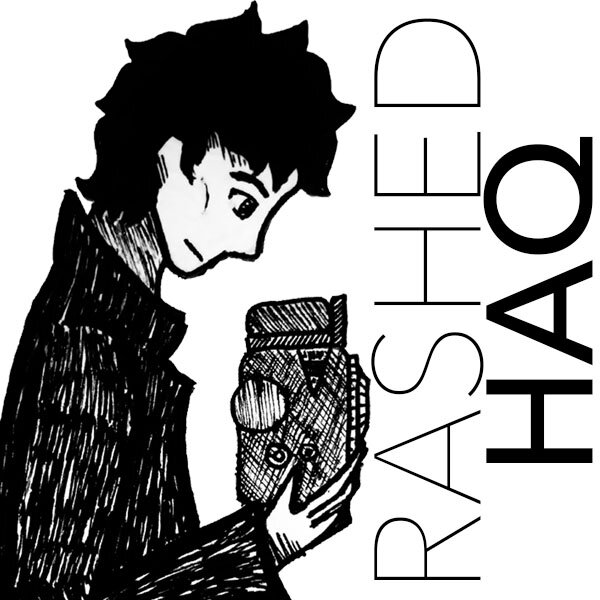
ARTIST STATEMENT
My art explores the co-evolution of humans and technology, and the impact these have on our society, culture, environment and psychology. We are inextricably immersed in human-built objects and networks, making us all cyborgs - a product of both biological and technological objects. Our interactions with machines, technology and information shape who we are. Cyborgs are not just about prosthetics attached to our skins, but also about the technologies, networks, information and systems that make up our lives. My art projects are about this cyborg anthropology.
With artificial intelligence, robotics, nano technology, genetic engineering and other emerging technologies, I am optimistic about the incredible benefits technology will bring to our future. In the same way that written notes enhance our memory and eye glasses enhance our sight, these new technologies will help us live longer, healthier, happier lives with more human connections.
However, evolving to the right balance of technology use that heightens our humanity, advances our agency and enhances our equity, is not an easy path. We will come across unintended consequences such as living in a social media world of “continual, partial friendships” with fewer real ones, or inadvertently creating social panic architectures that demand constant attention and compulsive interaction. And we will come across malicious consequences such as increased cybercrime, or the misuse of surveillance. How far we can transform humanity with advanced technologies, and who among us will govern it or have access to it, is also a subject of increasing ethical debates.
I think of technology as a hyperobject, a term that philosopher Timothy Morton invented to describe things that we cannot see or touch directly but that can be studied, reasoned about and computed. For example, we can touch rain but we cannot touch climate - or climate change. However, we can experience certain phenomena from climate change. Technology, like other hyperobjects, is inter-objective - it consists of other entities such as iPhones and the global crude oil shipping network, but it isn’t reducible to these entities. It is viscous - it affects you no matter where you are or what you are doing. It is hysteretic - the societal effects of technological changes take time to manifest themselves. It is nonlocal - it is distributed over unfathomably vast distances of space and durations of time so that seeing the whole thing is impossible. But it is also phased - you can only experience small instances or parts of it at any given time or place.
For us to effectively shape the future of technology, to make technology into an environment that is habitable for us, we need to study the anthropology of technology and understand it - and research, philosophy and art can help guide us. My art projects are shaped so that each one revolves around a piece or phase of the technology hyperobject.
Because photography is undeniably a technological tool, my praxis also incorporates emerging technologies. Photography, or “drawing from light,” includes capturing information from light such as on a negative or sensor, processing or manipulating the information such as dodging and burning or using Photoshop, and displaying it such as with a print, a book or a projection. In my practice I use AI in the processing step, and sometimes in other areas such as creating titles for images.
The images for each project allow me to contemplate the multiple dimensions of technology in their various manifestations - from recently obsolete mainstream technologies to newly discovered mathematical objects.
